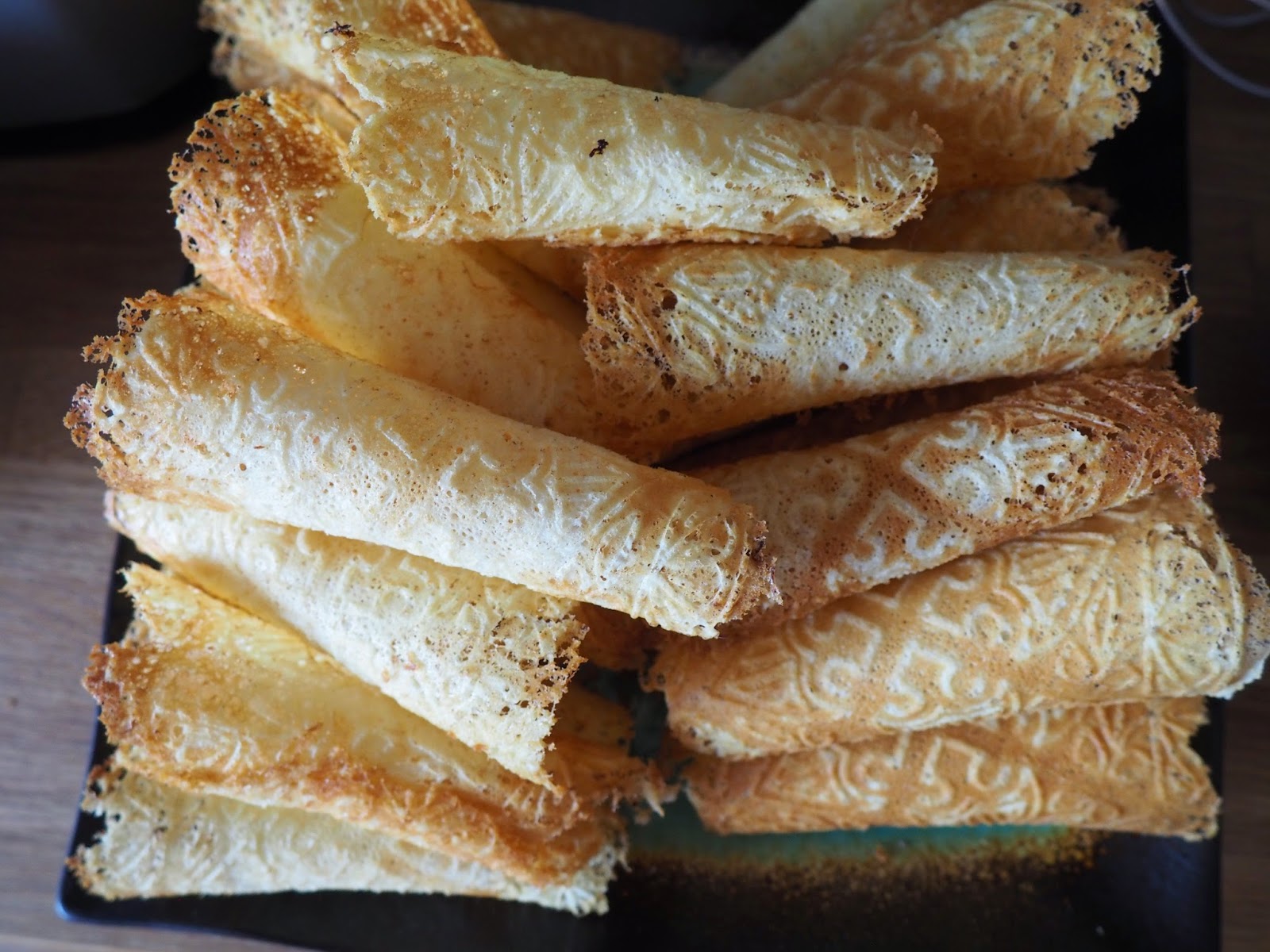Venison Medallions with Cream Sauce
We have a couple of friends who are big hunters, which means every now and again we are the recipients of venison. I have not cooked venison in a really long time, so I searched my extensive recipe collection for something that sounded good which would not result in a too gamey flavor in the venison. These medallions turned out great and the idea was based off a recipe in Black Forest Cuisine by Walter Staib. Ironically, this cookbook came from a used bookstore. Ironic because I have German cookbooks in German from when I lived there, but I was excited about this cookbook because it brought me some new recipes but others that just reminded me of my time in Germany.
These medallions are served over garlic mashed potatoes. My husband is the mashed potato maker in our family. He tried his hand at it a number of years ago and had success which led to the lead mashed potato maker. Between the venison medallions and mashed potatoes this is definitely a heavier meal, which I offset with my roasted brussel spouts.
Venison Medallions in Cream Sauce
1 pound venison medallions of even thickness
1 1/2 cups burgundy wine
1 sprig fresh rosemary
1/8 teaspoon dried sage
2 cloves garlic, peeled and finely chopped
2 shallots, peeled and finely chopped
1 teaspoon unsalted butter
1 leek, trimmed and sliced into strips (1.5 inched by 1/4 inch wide)
1 cup sliced mushrooms (about 5-6 mushrooms depending on size)
2 cups beef stock
2 tablespoons sour cream
salt and pepper to taste
Marinate venison in burgundy, rosemary, sage, garlic and 1 chopped shallot. Turn throughout the day to ensure all has been marinated.
When you are ready to cook, discard the marinade. Melt the butter in a pan over medium high heat. Cook the venison medallions until browned, about 3 minutes per side. Remove the venison and cover while continuing to cook. Turn heat to medium and add the other shallot and saute for about a minute until softened. Stir in the leeks and mushrooms and saute for 2-3 more minutes. Add a little of the beef stock to work up the bits of browned pieces. Turn to medium low and add the rest of the beef stock. Simmer for about 2 more minutes. Remove from heat and let cool just a bit. Add in the sour cream and season to taste with salt and pepper.
Serve over mashed potatoes. Places the medallions on the mashed potatoes and pour the cream sauce over the top.




















































